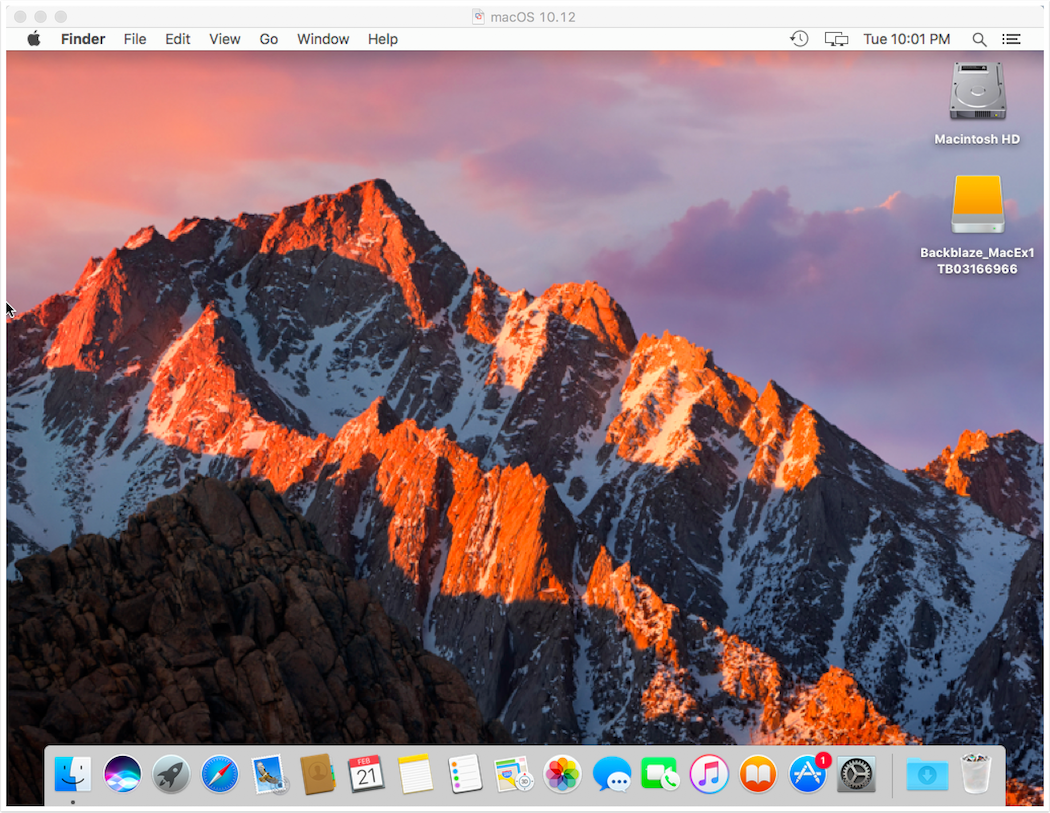
Allow access only to the bucket that you want to use in your application (or more, if you want access to multiple buckets).Then, scroll to the bottom and hit "Add a New Application Key". Get your app keys by going to The "App Keys" section under "Account" on the website:

There are a couple steps to uploading a file to Backblaze B2:Īccount authorization with Backblaze B2 and Python After, I'll show you how to integrate uploading to B2 with your Flask apps. Make the files private, disable encryption (for now), and disable the object lock. Once done, go into your B2 Cloud Storage Buckets, and create one. Today I'll show you how to use b2-sdk-python, their in-house API, and not boto3. Plus it has full compatibility with the AWS S3 API through boto3. In this article let's talk about Backblaze B2, a file storage solution with a super easy-to-use API and generous free tier. The best alternative is to store files in a web service especially designed for that. Storing files in the server makes it difficult to scale, and storing in the database usually makes it very slow (and expensive!). The video tutorial below shows how to easily connect to Backblaze B2 Cloud Storage.If your application receives file uploads from users, you've got many headaches ahead of you. In the right side you see your buckets and files.



 0 kommentar(er)
0 kommentar(er)
